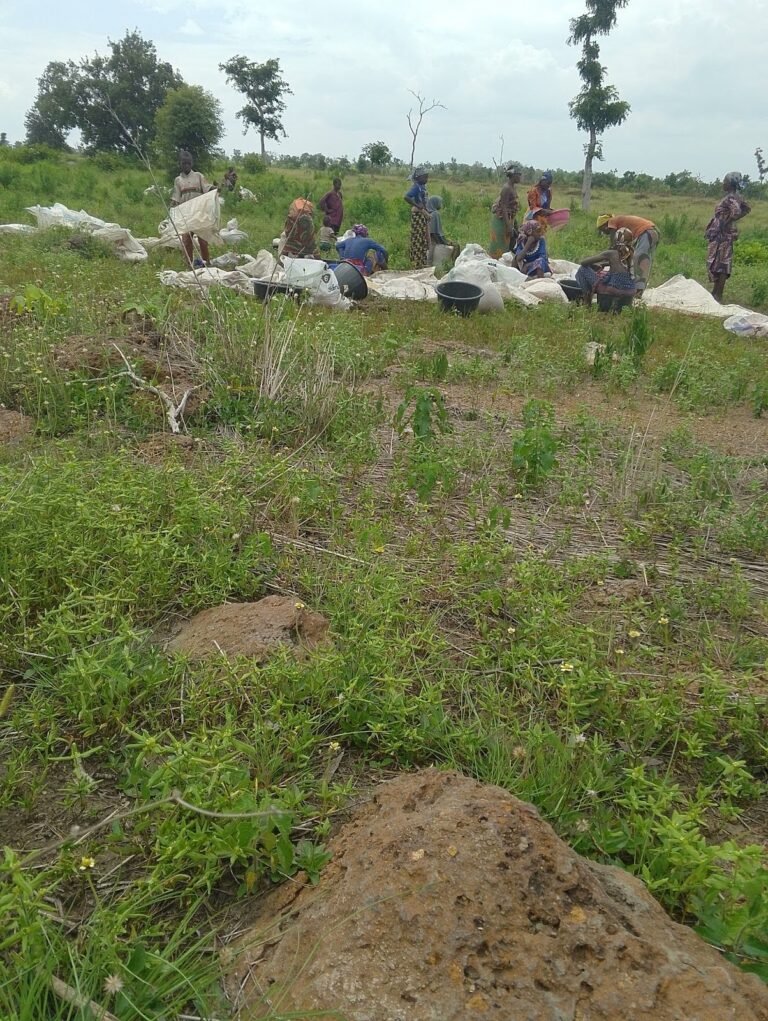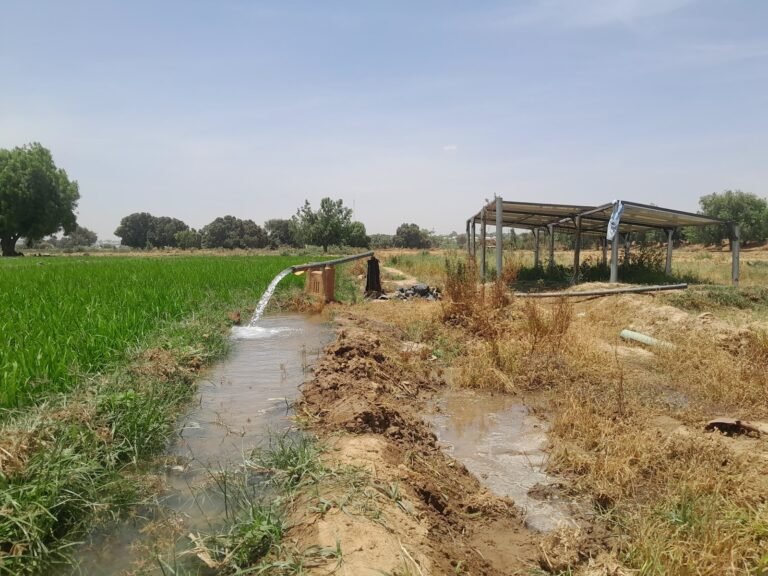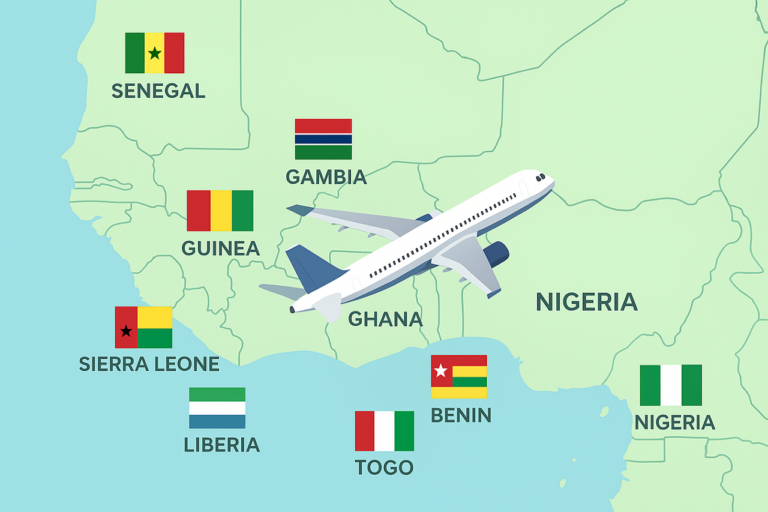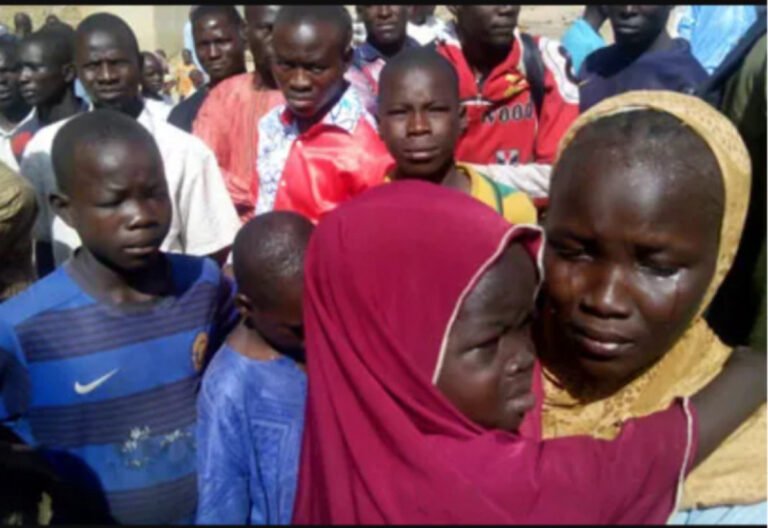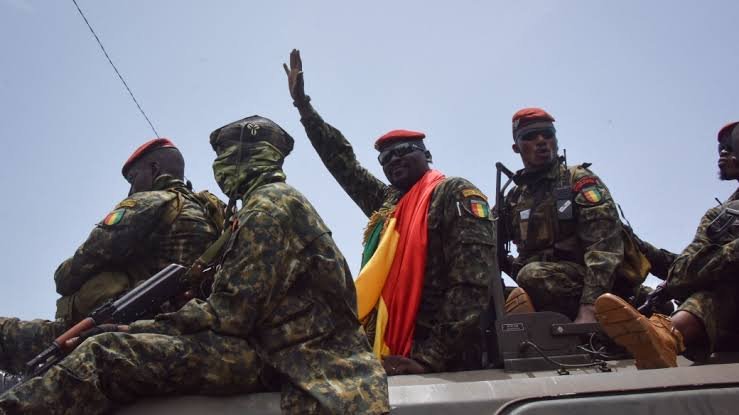As the Intra-African Trade Fair 2025 approaches, Africa is poised for unprecedented economic growth. The Tripartite Free Trade Area (TFTA), a partially implemented African free trade agreement between the Common Market for Eastern and Southern Africa (COMESA), Southern African Development Community (SADC) and East African Community (EAC), ratified by 14 member states, is a crucial step toward continental integration. This milestone underscores the imperative of intra-African trade and the role of regional economic communities in driving Africa’s prosperity.
The COMESA-EAC-SADC Tripartite Free Trade Area (TFTA) Agreement, which came into force in July, united 800 million people and a $1.88 trillion combined GDP, forming a vital building block for the African Continental Free Trade Area (AfCFTA). By harmonising trade policies among 27 member states, TFTA enhances market access, economies of scale, and industrialisation. This ambitious trade liberalisation schedule sets a precedent for AfCFTA, demonstrating Africa’s commitment to economic integration.
A 2023 report indicates that Southern Africa drives intra-African trade, accounting for 41.4% of continental trade. East Africa, with only 12.4%, stands to benefit significantly from TFTA.
The TFTA’s benefits extend beyond market access. It promotes industrialisation and value chain strengthening, a factor essential for Africa’s economic transformation. By fostering deeper cooperation and trade liberalisation among neighbours, it prepares member states for deeper integration as AfCFTA takes root.
Some have raised concerns about overlapping memberships and fragmentation. However, TFTA’s unified market structure streamlines trading environments, reducing the complexity associated with multiple regional trade areas.
To succeed, TFTA must address customs delays, inefficient logistics, and regulatory frameworks; financing negotiations is an immediate concern that requires attention.
Contextualising the TFTA in the AfCFTA Era
The question of how the TFTA and the AfCFTA can coexist and complement each other to enhance trade across the continent is a pertinent issue. Comparatively, the latter covers 54 African countries with a target of 1.3 billion people and a combined $3.4 trillion GDP – offering continent-wide trade aspirations.
One way to look at the TFTA is that it complements rather than duplicates AfCFTA efforts. This strategic approach recognises regional economic communities as building blocks for continental integration. AfCFTA explicitly acknowledged the role of RECs like SADC, EAC, and COMESA in fostering regional integration.
For instance, ambitiously, Customs Unions such as the EAC have already exchanged tariff offers that require at least 90% of tariff books to be liberalised immediately upon TFTA commencement. The AfCFTA can build upon such liberalisation and make it even easier for goods to move across national borders.
Specifically, the TFTA is a blueprint for enhancing market access and economies of scale, improving trade policy and standards harmonisarion, and promoting industrialisation among others.
TFTA’s impact will be felt across Africa. By harmonising trade rules, it reduces complexity and provides a more streamlined trading environment for businesses. This, in turn, attracts investment, boosts economic growth, and creates jobs.
Though Africa’s economic transformation requires careful coordination to avoid fragmentation and ensure all regions benefit, the TFTA’s success will provide a stronger foundation for AfCFTA’s policy harmonisation, tariff reductions, and development of value chain aspirations.
The TFTA’s enforcement also underscores the importance of regional economic communities in driving Africa’s integration. By strengthening regional ties, Africa can overcome historical divisions and forge a united economic front. By promoting regional value chains, the agreement enhances Africa’s competitiveness in global markets.
As the Intra-African Trade Fair 2025 draws close, Africa must recognise the importance of the tripartite free trade area and prioritise its implementation as though the continent’s future depends on it. Because it is.
Muoki Musila is the founder of Liberty Sparks (Kenya), an Initiative for African Trade and Prosperity (IATP) fellow, and an international trade economist.


